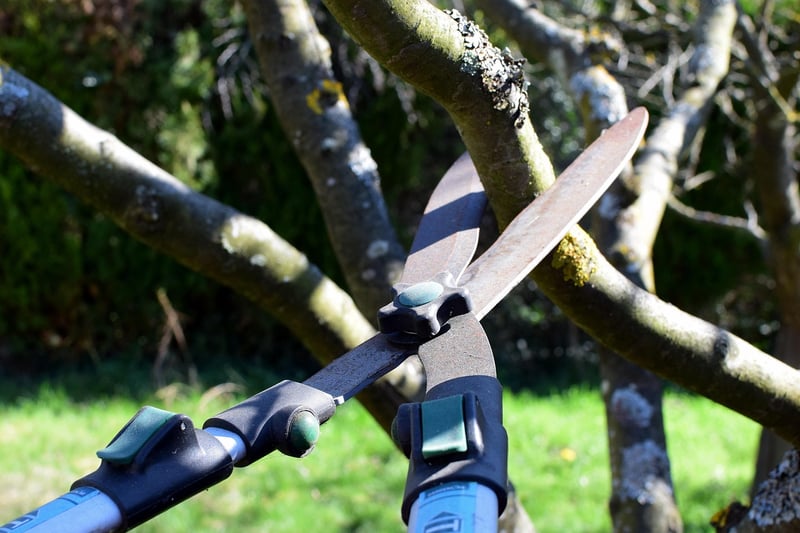Pruning Techniques
Mastering the Art of Pruning: A Guide to Proper Plant Care
Welcome to our comprehensive guide on pruning techniques for maintaining healthy and thriving plants. Whether you're a seasoned gardener or just starting with your green thumb, understanding the art of pruning can make a significant difference in the growth and appearance of your plants. Let's delve into the basics and best practices of pruning to help you elevate your plant care skills.
The Importance of Pruning
Pruning is a crucial horticultural practice that involves selectively removing specific parts of a plant, such as branches, shoots, or roots. This process not only helps in shaping the plant but also promotes better health, growth, and flower/fruit production. By removing dead, damaged, or diseased parts, you can prevent the spread of infections and ensure optimal nutrient distribution within the plant.
Essential Pruning Tools
Before you start pruning, it's essential to have the right tools handy. Some common pruning tools include:
- Pruning Shears
- Loppers
- Pruning Saw
- Hedge Shears
- Gloves
Ensure your tools are clean and sharp to make precise cuts without causing unnecessary damage to the plant.
Basic Pruning Techniques
1. Cleaning: Remove dead, diseased, or damaged branches to maintain plant health.
2. Thinning: Eliminate excess growth to improve air circulation and light penetration within the plant.
3. Heading Back: Cut back the tips of branches to promote branching and denser growth.
4. Shaping: Prune to control the overall shape and size of the plant for aesthetic purposes.
Plant-Specific Pruning Tips
Each type of plant requires specific pruning techniques. Here are some general tips for common plant categories:
Flowering Plants
Prune after flowering to encourage new growth and maintain the plant's shape.
Fruit Trees
Prune during the dormant season to stimulate fruit production and improve overall tree health.
Shrubs
Prune in late winter to early spring before new growth begins to shape and rejuvenate the plant.
Conclusion
Mastering pruning techniques is essential for any plant enthusiast looking to enhance the health and beauty of their green companions. Remember, proper pruning not only improves the plant's appearance but also promotes its overall well-being and productivity. So grab your tools, put on your gloves, and start pruning your way to healthier, happier plants!


For more in-depth guidance on plant care and pruning techniques, feel free to explore our Pruning Guide.
